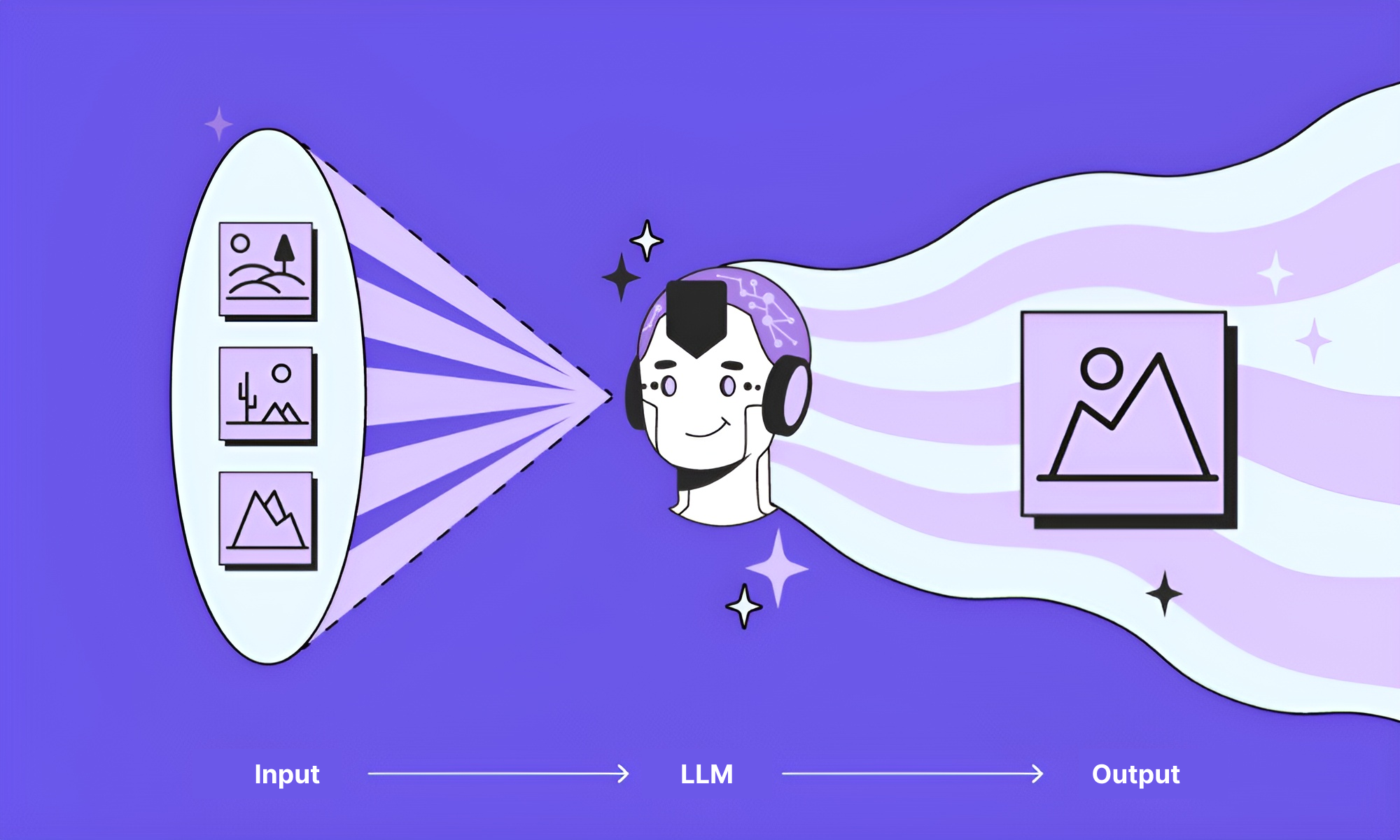For several years now, the insurance sector has been undergoing major digital changes, driven by the automation of business processes and the transformation of the customer experience. Generative AI could considerably intensify this evolution. Let’s see how.
Unlike expert systems and machine learning,
- Generative AI brings a higher level of natural language understanding in native multilingual mode;
- It excels in document analysis, content extraction and the creation of summaries to facilitate decision-making;
- It can reason and perform calculations or follow business rules.
Taken together, these 3 elements open up new possibilities for applying generative AI to the insurance sector, which is characterized by long documents, complex rules and a lot of language ambiguity.
Navigating product databases
Over the years, insurers have used their creativity to develop increasingly complex products. Insurance policies take more parameters into account than ever before, and insurers now have to manage growing inventories of heterogeneous products. This makes distribution more complex for sales staff and complicates the task of claims handlers. Generative AI can facilitate both of these activities, helping sales reps and managers to find the right product in the databases and quickly understand the specifics of an insurance policy. Co-pilots like the one developed by Spellz represent a new generation of tools that will boost the productivity of sales reps and managers, while improving the customer experience by reducing wait time.
Accelerating reimbursements
A co-pilot powered by Generative AI can also help the agent or manager to shorten claims processing times, whether in the provident, health or property & casualty sectors. This type of assistant will help the manager in two ways: Firstly, by summarizing the important elements of an insurance policy for the manager, who will then be able to grasp the particularities of the product more quickly. Then by helping the latter to understand the context in which the claim is being made. The customer broke his leg skiing, but was he on or off piste? Once the context has been defined, the calculation of the reimbursement, if any, can be carried out with the help of the co-pilot.
Self-care with a human touch
LLMs are also a game-changer when applied to self-care. The appeal of chatbots and callbots is enhanced by the power of Generative AI, which brings a new level of understanding and fluidity to customer conversations. Forget IVRs and their frustrating experience (Press “1” to…), an LLM-powered callbot will understand the incoming customer request and can relay it to the right agent, or handle it entirely if it’s connected to the company’s CRM. As a result, insurance companies will see customer support costs cut, wait time reduced and support teams relieved of simple, lower-value requests. This is a boon both for the sector’s players, given the extent to which this profession is deserted, making it more difficult to recruit new staff, and for customers. The latter receive a personalized response more quickly, while still being able to speak to an agent if necessary.
More customer knowledge
Generative AI is also synonymous with customer knowledge. Not only are the questions asked by customers recorded and can be analyzed on a regular basis, but the workings of the LLM-powered solution can also be deciphered. For example, analysis of the software layers that trigger the LLM to perform particular tasks can reveal which of these tasks are most in demand, providing insights into customer needs. Feedback from customers via a chatbot can also be analyzed in real time to establish accurate measures of customer satisfaction.
➡️ In conclusion, generative AI represents a real opportunity for the insurance sector, through the digitization of customer journeys, the acceleration of business processes, and the improvement of operational efficiency and work comfort for business teams, while preserving a high-quality, human customer relationship.



